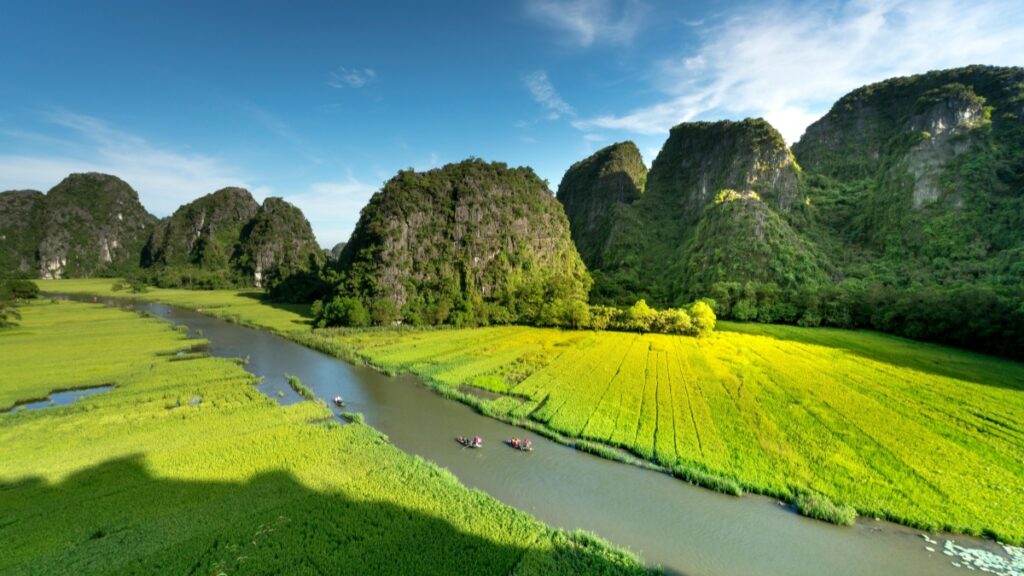If you’re in Zimbabwe’s marketing game in 2025, especially on Instagram, you gotta know the real deal on ad spend and media planning. No sugarcoating here — we break down the whole rate card scene across all categories so you can budget smarter, negotiate better, and get actual bang for your RTGS buck. Whether you’re a local brand boss, a digital marketing agency, or a content creator hustling for that next collab, this guide is your practical take on Zimbabwe’s online promotion costs and trends as of 2025 June.
📢 Marketing Trends in Zimbabwe Instagram Ads 2025
As of 2025 June, Zimbabwe’s digital ad landscape is buzzing. Instagram remains king for lifestyle, fashion, and FMCG brands, especially among the 18-35 age crowd. With mobile data costs slightly easing and smartphone penetration growing, more Zimbos are glued to Insta stories and reels than ever before.
Media planning now leans heavily on influencer partnerships — from nano to mega influencers. Local stars like Tamy Moyo or DJ Stavo command decent rates but also deliver genuine engagement. Plus, the payment scene has evolved: most deals settle in RTGS dollars via EcoCash or bank transfers, with some brands experimenting with crypto as a fringe option.
Expect to spend between ZWL 1,000 to ZWL 25,000 per post depending on influencer tier. Stories and reels might run cheaper, but they demand frequency and fresh content. The key takeaway? Ad spend in Zimbabwe is still much more affordable than regional hubs like South Africa but requires savvy media planning to avoid wasting budget on low-quality reach.
💡 Instagram Advertising Rate Card Breakdown 2025
Here’s a quick rundown on what advertisers should expect when dealing with Instagram influencers across Zimbabwe’s categories:
| Category | Nano Influencers (1K–10K followers) | Micro Influencers (10K–50K) | Macro Influencers (50K–200K) | Mega Influencers (200K+) |
|---|---|---|---|---|
| Fashion & Beauty | ZWL 1,000 – 3,000 | ZWL 3,000 – 8,000 | ZWL 8,000 – 15,000 | ZWL 15,000 – 25,000 |
| Food & Beverage | ZWL 1,200 – 3,500 | ZWL 3,500 – 9,000 | ZWL 9,000 – 16,000 | ZWL 16,000 – 24,000 |
| Tech & Gadgets | ZWL 1,500 – 4,000 | ZWL 4,000 – 9,500 | ZWL 9,500 – 18,000 | ZWL 18,000 – 25,000 |
| Travel & Lifestyle | ZWL 1,000 – 3,200 | ZWL 3,200 – 8,500 | ZWL 8,500 – 17,000 | ZWL 17,000 – 24,000 |
| Health & Fitness | ZWL 1,100 – 3,300 | ZWL 3,300 – 7,800 | ZWL 7,800 – 14,500 | ZWL 14,500 – 23,000 |
Note: All prices are approximate and in RTGS dollars. Rates depend on content type (post, story, reel), exclusivity, and the influencer’s engagement rate.
📊 How to Plan Your Media Spend Effectively
Good media planning in Zimbabwe means knowing where your ZWL is going and how to maximise reach without burning cash. Here’s a quick checklist:
-
Define Clear Goals: Brand awareness? Direct sales? Lead gen? Your campaign objective drives ad spend allocation.
-
Choose Influencers Wisely: Nano influencers are great for niche communities and authentic vibes but reach is limited. Macro and mega influencers bring scale but cost more, so balance is key.
-
Negotiate Payment Terms: Most creators prefer EcoCash or bank payment after deliverables, but some top influencers demand upfront partial payment. Always get contracts in RTGS and specify usage rights.
-
Content Type Matters: Instagram reels and stories have better engagement but require frequent fresh content. Posts are pricier but last longer on feeds. Mix it up.
-
Track KPIs Closely: Use UTM codes and promo codes to measure sales impact. Adjust media spend in real time based on performance data.
Local marketing agencies like Fuzion Digital Zimbabwe and social media platforms like Baoliba Zimbabwe are good places to start if you want pro support on media planning and influencer matchmaking.
❗ Legal and Cultural Notes to Remember
- Zimbabwe’s advertising laws require truthful, non-misleading content. Influencers must disclose paid promotions clearly.
- Respect local cultural norms — some content styles or brand messages that work abroad may fall flat or offend locally.
- The Reserve Bank of Zimbabwe regulates foreign currency transactions, so payments and ad spend budgets denominated in USD or other currencies must be handled carefully to avoid penalties.
People Also Ask
What is the typical Instagram ad spend for Zimbabwe brands in 2025?
Typical ad spend ranges from ZWL 1,000 for small nano influencer posts up to ZWL 25,000 for mega influencer content per post. Stories and reels might be slightly cheaper but require volume.
How do Zimbabwe brands pay Instagram influencers?
Most influencers get paid in RTGS dollars via EcoCash mobile money or local bank transfers. Some deals also negotiate partial upfront payments or barter arrangements.
Which influencer category delivers the best ROI in Zimbabwe?
Micro influencers (10K–50K followers) often provide the best balance between cost and engagement, especially for local brands targeting specific communities.
Final Thoughts
Navigating Zimbabwe’s Instagram advertising rate card in 2025 means juggling ad spend, online promotion tactics, and media planning with local realities like currency fluctuations and cultural nuances. Keep your marketing cost lean but effective by picking the right influencers, negotiating smartly, and tracking performance like a hawk.
BaoLiba will keep updating Zimbabwe’s influencer marketing trends and insights, so stay tuned for fresh data and tips to level up your digital game in this vibrant market.

